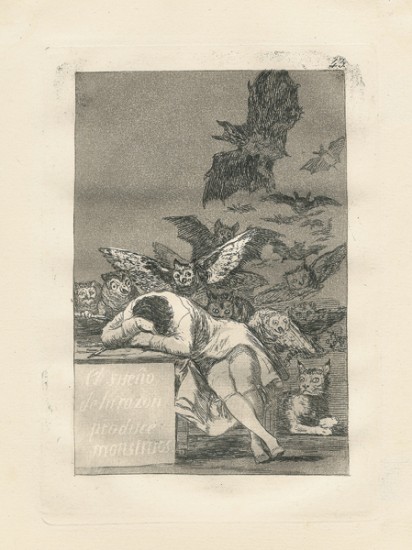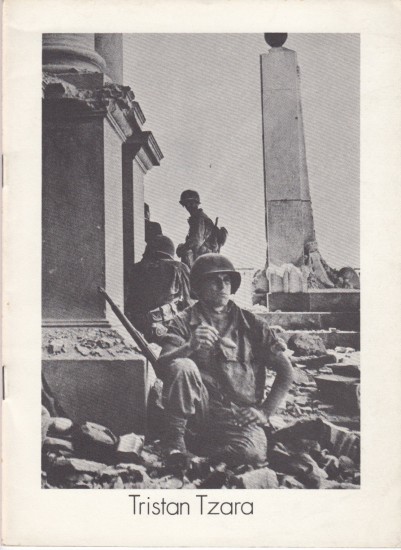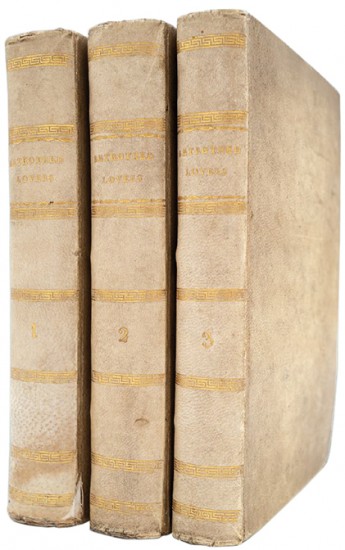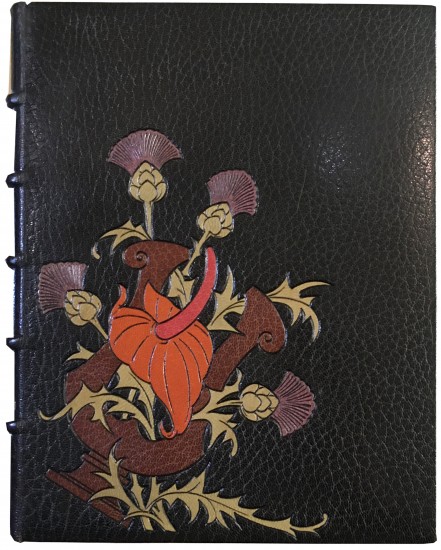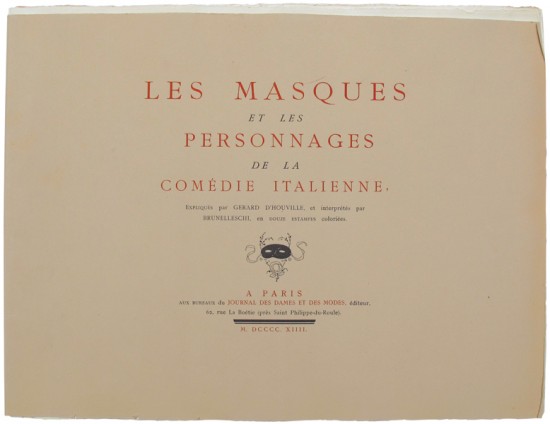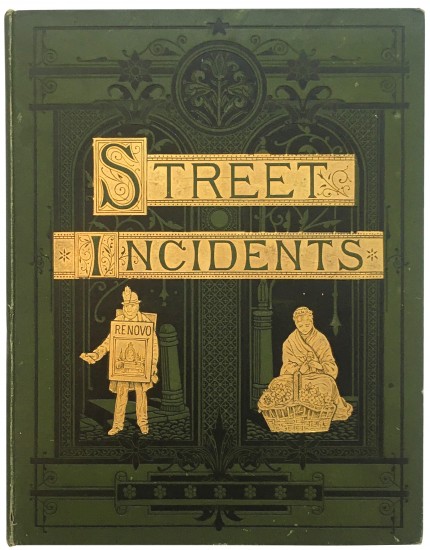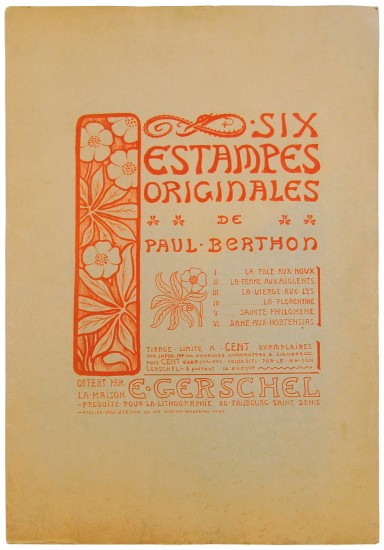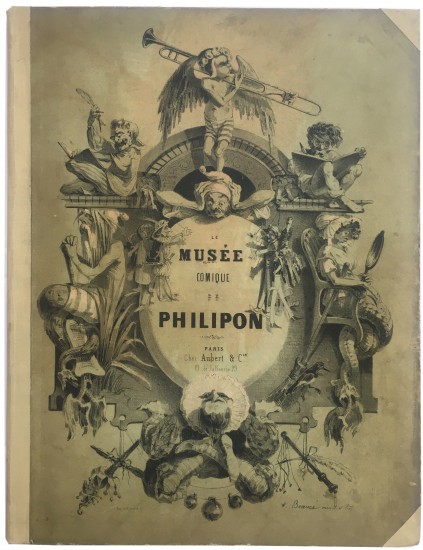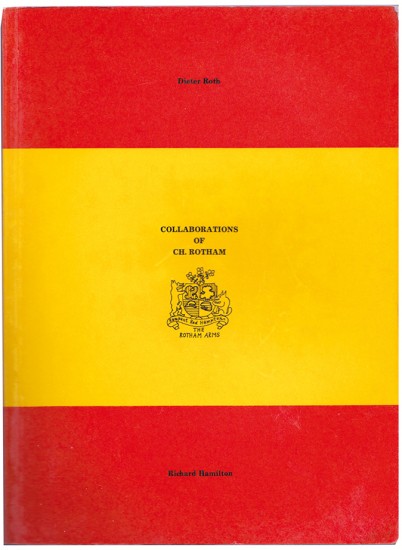Los Caprichios
Goya, Francisco Jose de Goya y Lucientes
Madrid. Printed for the artist. 1799.
Sold
A very fine set of the first edition (limited to approximately 300 sets) of Goya's greatest series of engravings printed in warm sepia tones on thick laid paper.
Published by Goya himself in 1799 and produced after Goya's return from his lover the Duchess of Alba's estate at Sanlúcar in 1798, the Caprichos have long exerted a fascination greater than that of his other printed work. Of an evident satirical intent, the meaning and intended targets of the Caprichos have long been discussed, though with no reliable conclusions having been made. The Church, particularly the Inquisition whom Goya later claimed had investigated the Caprichos, the Government, the Queen Maria Luisa, her advisors and even the Duchess of Alba have been identified as the objects of Goya's satire and, indeed, as characters in the plates themselves. It is known, however, that Goya omitted two plates from the eventual 80 that alluded more directly to contemporary figures (in this case the Queen and the Duchess of Alba) and it seems certain that he wished an intriguing element of uncertainty to surround his work.
The plates themselves can be grouped according to subject: 'the coquetry or empty-headedness of women and the vanity of men; the evil counsels of old women; grotesque marriages; the mutual fleecing and duping of men and women; the series of donkeys; and finally the scenes of fantasy and witchcraft' (Harris pg. 99), but these are merely themes within the series (apart from the 'series of donkeys', plates 37 - 42) and do not appear to reflect an order of composition. However, the Caprichos can be seen as a work of two halves: 'the first being a satire on human folly and wickedness with particular reference to the customs and manners of his [Goya's] time, and the second, 'Sueño' series of fantasy and witchcraft' (Harris pg. 102). In this grouping, plate 43, with its motto 'El sueño de la razon produce monstruos' ('the dream of reason produces monsters'), serves as a natural introduction or frontispiece to the later 'sueño' section. Harris makes the conjecture that Goya made the first plate (the self-portrait) after the decision had been made to combine these two series to serve as the frotispiece to the whole.
Sets of Los Caprichos were offered for sale in early 1799 and the first recorded sale (for four sets) was to the Duke and Duchess of Osuna in January of that year. Sales were slow and Goya himself stated that he sold only 27 sets of the plates (each for an ounce of gold) before he sold the remainder of the edition (240 sets) and the copperplates themselves to Charles IV for his Calcografía in exchange for an annuity for Goya's son Javier.
Los Caprichos was reprinted from the plates a further 11 times, with the final edition being issued by the Calcografía in 1937, a fact which bears testament to the lasting importance and appeal of Goya's engravings in general and this, his most characteristic work, in particular.
[Harris 1, 36 - 115].
Published by Goya himself in 1799 and produced after Goya's return from his lover the Duchess of Alba's estate at Sanlúcar in 1798, the Caprichos have long exerted a fascination greater than that of his other printed work. Of an evident satirical intent, the meaning and intended targets of the Caprichos have long been discussed, though with no reliable conclusions having been made. The Church, particularly the Inquisition whom Goya later claimed had investigated the Caprichos, the Government, the Queen Maria Luisa, her advisors and even the Duchess of Alba have been identified as the objects of Goya's satire and, indeed, as characters in the plates themselves. It is known, however, that Goya omitted two plates from the eventual 80 that alluded more directly to contemporary figures (in this case the Queen and the Duchess of Alba) and it seems certain that he wished an intriguing element of uncertainty to surround his work.
The plates themselves can be grouped according to subject: 'the coquetry or empty-headedness of women and the vanity of men; the evil counsels of old women; grotesque marriages; the mutual fleecing and duping of men and women; the series of donkeys; and finally the scenes of fantasy and witchcraft' (Harris pg. 99), but these are merely themes within the series (apart from the 'series of donkeys', plates 37 - 42) and do not appear to reflect an order of composition. However, the Caprichos can be seen as a work of two halves: 'the first being a satire on human folly and wickedness with particular reference to the customs and manners of his [Goya's] time, and the second, 'Sueño' series of fantasy and witchcraft' (Harris pg. 102). In this grouping, plate 43, with its motto 'El sueño de la razon produce monstruos' ('the dream of reason produces monsters'), serves as a natural introduction or frontispiece to the later 'sueño' section. Harris makes the conjecture that Goya made the first plate (the self-portrait) after the decision had been made to combine these two series to serve as the frotispiece to the whole.
Sets of Los Caprichos were offered for sale in early 1799 and the first recorded sale (for four sets) was to the Duke and Duchess of Osuna in January of that year. Sales were slow and Goya himself stated that he sold only 27 sets of the plates (each for an ounce of gold) before he sold the remainder of the edition (240 sets) and the copperplates themselves to Charles IV for his Calcografía in exchange for an annuity for Goya's son Javier.
Los Caprichos was reprinted from the plates a further 11 times, with the final edition being issued by the Calcografía in 1937, a fact which bears testament to the lasting importance and appeal of Goya's engravings in general and this, his most characteristic work, in particular.
[Harris 1, 36 - 115].
4to. (306 x 216 mm). Eighty etched plates with aquatint by Goya (sheet size: 308 x 212 mm) numbered 1 - 80. Spanish nineteenth-century green calf-backed green moiré boards patterned in blind, spine with gilt title: 'DIBUJOS / DE GOYA', gilt decorative tooling and decorative tooling in blind, marbled endpapers and edges.
#39517
